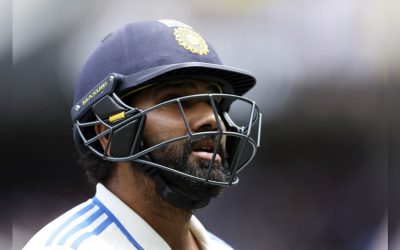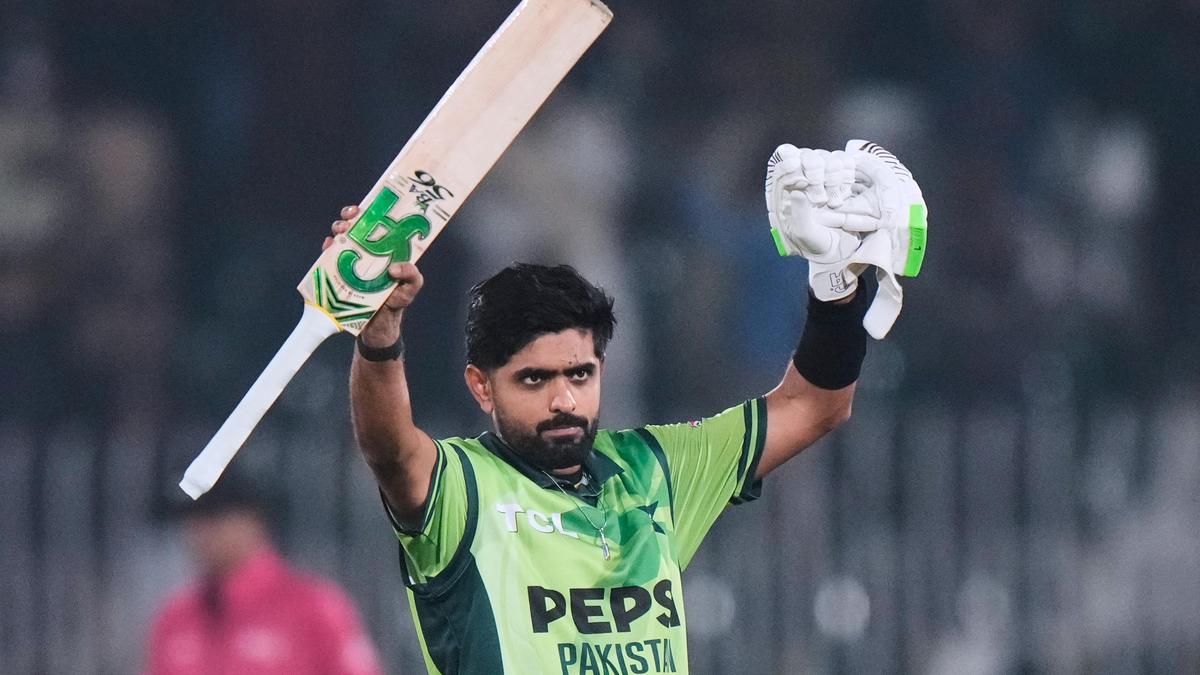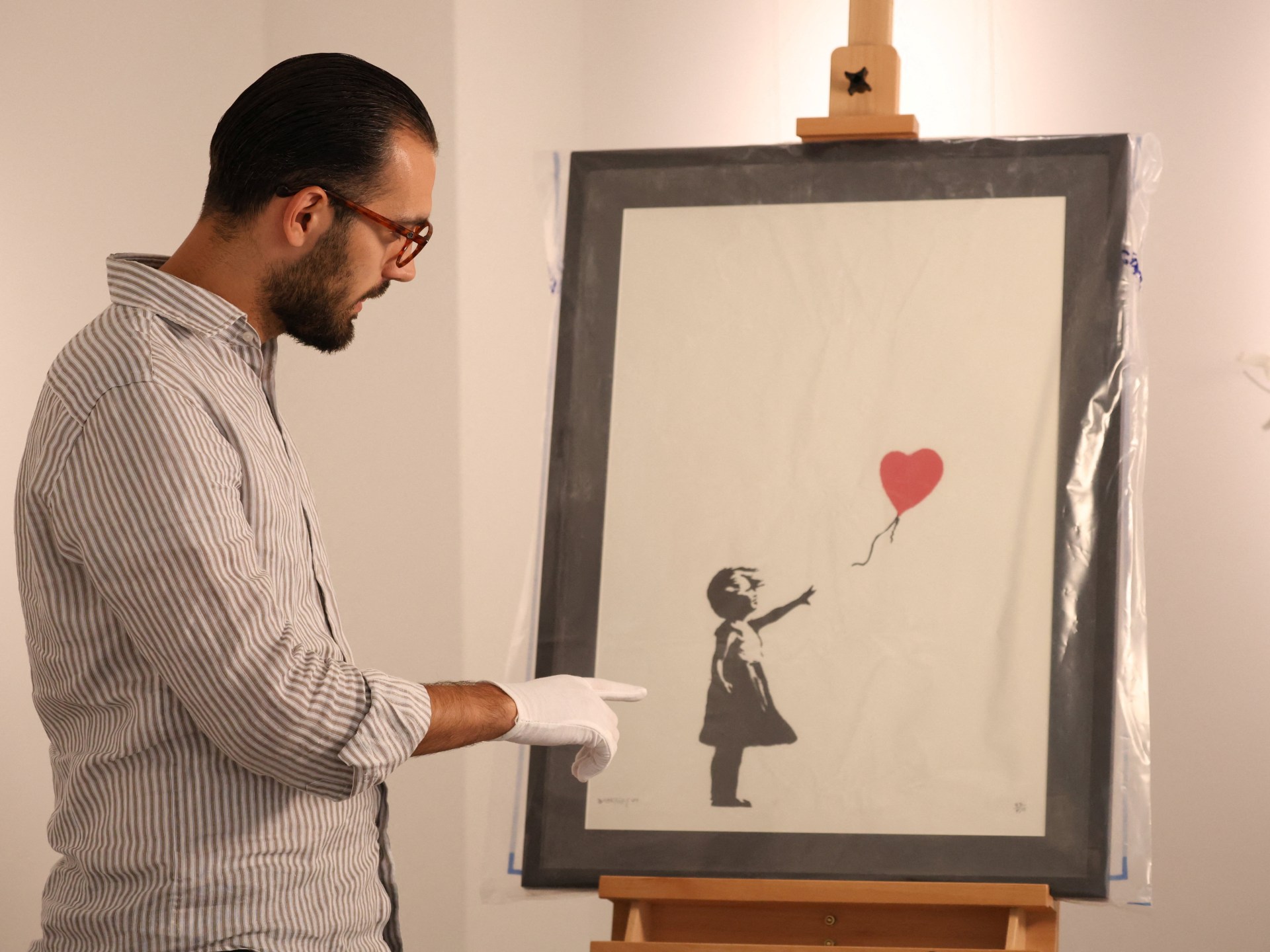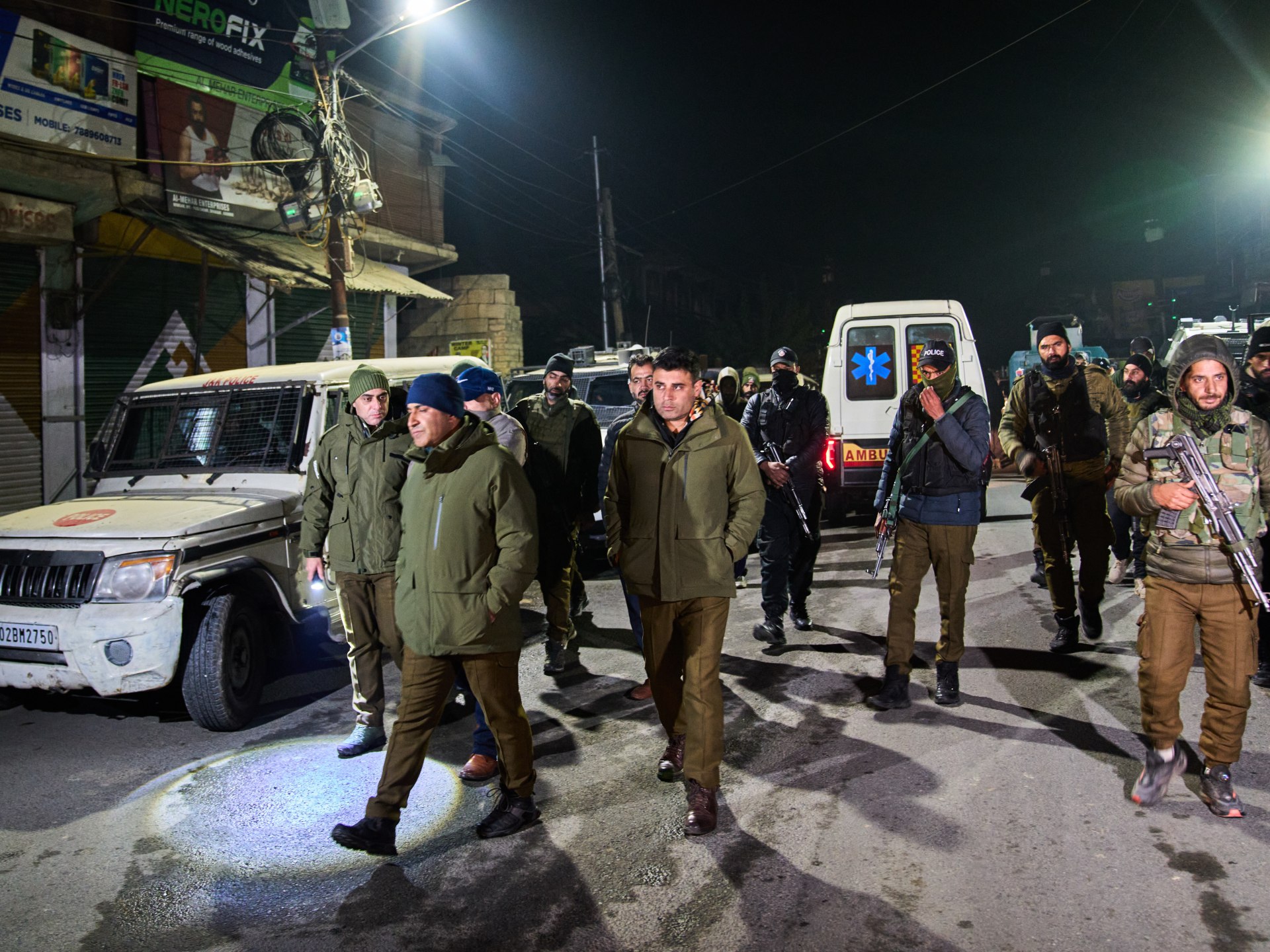FCG vs BFC, analysis: How Bengaluru’s defensive rearguard shut out Goa to make another ISL final
On April 6, the Fatorda Stadium witnessed an Indian Super League (ISL) classic between FC Goa and Bengaluru FC. Goa came into its semifinal second leg trailing 0-2, but buoyed by strong home support, managed to get itself on level terms – first Borja Herrera finding the net from a freekick and then second-half substitute Armando Sadiku scoring the equaliser in the 88th minute.
Extra time seemed certain if not for the heroics of a player — considered to be a ‘hero’ in the folklore of Indian football. Sunil Chhetri found the net with a diving header in the second-half additional time, and Bengaluru was through to the Cup final with a 3-2 aggregate scoreline.
With a player like Chhetri scoring a late match-winner, it is easy to romanticise the moment and base the entire win on that single goal, but the foundation of Bengaluru’s passage through to the final lies in some solid defending.
REPORT | Sunil Chhetri strikes late as Bengaluru beats FC Goa on aggregate to reach final
Bossing the air and the ground
One of Gerard Zaragoza’s best moves over the semifinals was not tweaking the Indian back four of Naorem Roshan Singh, Rahul Bheke, Chinglesana Singh and Namgyal Bhutia, who, over the two legs, soaked an immense load of pressure. Amidst such an intensely contested two semifinals, their communication stood out, with everyone knowing their positions and roles, which they carried out to perfection.
The graphic below shows the shift Bhutia put in the second leg. Apart from his excellent defensive performance, he was alert to a stray pass in the second minute of stoppage time in the opposition box, which led to his match-winning assist.
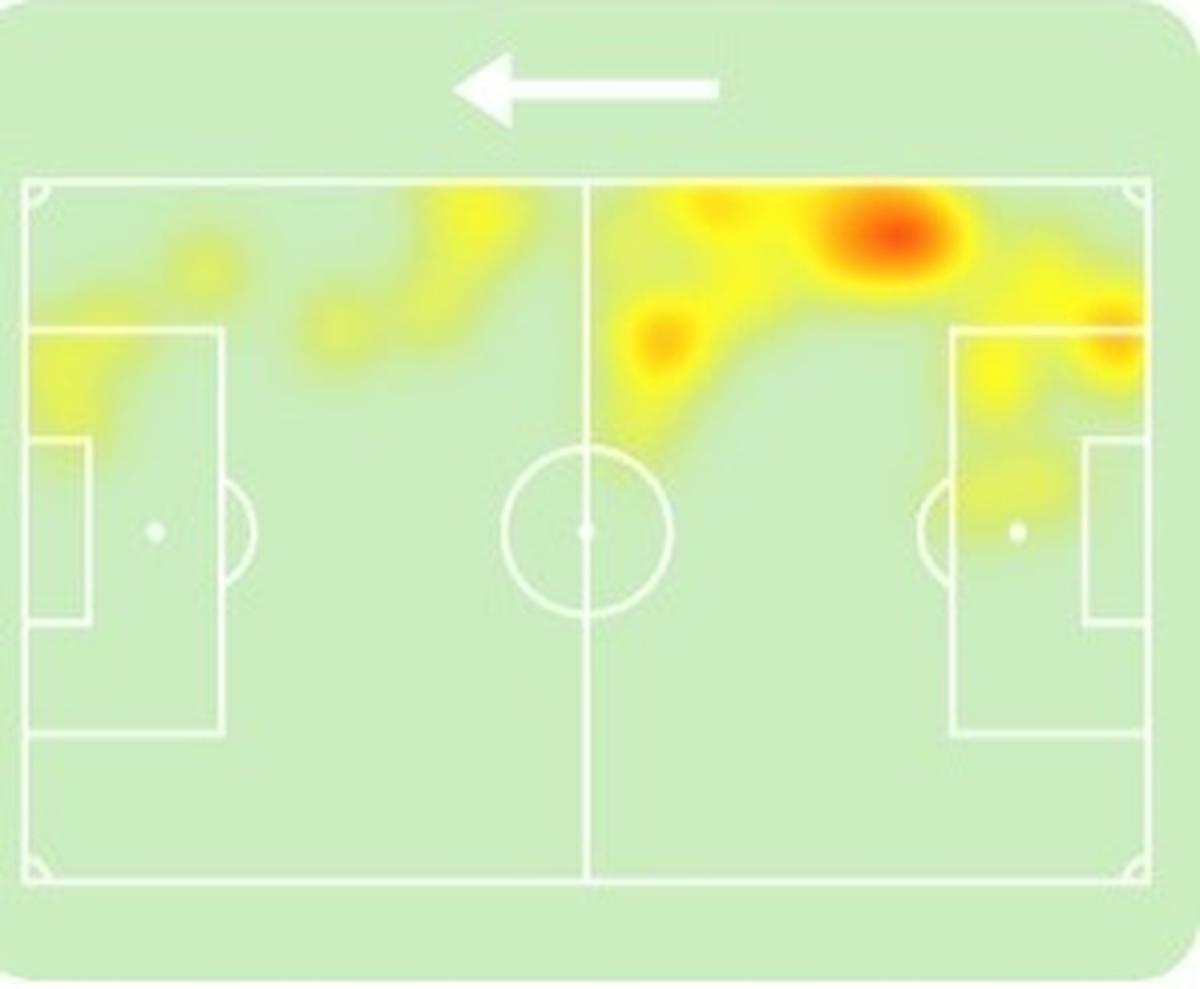
Namgyal Bhutia’s heatmap from the second-leg vs FC Goa.
| Photo Credit:
Sofascore
Namgyal Bhutia’s heatmap from the second-leg vs FC Goa.
| Photo Credit:
Sofascore
Like the first leg, Goa’s attack relied a lot on the flanks in the second instalment of the tie. Winger Dezan Drazic was on song with his wily turns and cut-ins and looked to be in tandem with Iker Guarrotxena, but the only reason their partnership failed was the shape kept by the Bengaluru back-four.
Over the two legs, Bengaluru had 45 successful ground duels, which is a better number than its opponent. FC Goa bossed the attack in both legs, having 184 passes into the final third and 57 touches in the penalty area, but could only fashion four big chances due to the irritant resistance of Bengaluru’s defensive set up.
READ | Marquez: Goa was better than Bengaluru FC over two legs
Bengaluru’s solid outing in aerial duelling (27 successful out of 53) rendered Goa’s attacking gameplan of using the flanks null and void. While the second leg yielded a better result for Goa, where Sadiku headed home the cross from Akash Sangwan for the equaliser, overall, Marquez’s wingers did not have much to show for in terms of impacting play from the flanks.
The Gurpreet show
BFC shot-stopper Gurpreet Singh Sandhu has not been at his best for quite some time now. Once known for his command in the penalty area, the Indian goalkeeper has committed errors at both club and national team that have led to his ouster from the latter.
However, in the second leg against Goa, the Bengaluru custodian stood up in key moments. The goalkeeper made eight saves at the Fatorda Stadium, with the highlight coming at the hour mark, where he made an excellent double save – first from a shot by Guarrotxena before blocking a rebound from close range by Ayush Chhetri.
While the inevitable spotlight was on Chhetri and his winner, Zaragoza did not fail to appreciate his goalkeeper.
“We have the best goalkeeper in India; he was excellent,” said the Bengaluru boss after the match.
Razor-sharp clinicalness, but is it feasible?
Funnily enough, Bengaluru’s best quality in the attacking third can turn out to be a vice in the ISL Cup final.
The Blues epitomised the saying, ‘quality over quantity’, especially in the second leg against Goa. Compared to Goa’s 10 shots on target, Bengaluru registered just two, one of which was Chhetri’s winner in the 90+2 minute.
Over the two legs, Bengaluru has created just three big chances and has converted two of them (one was an own goal).
While the sharpness of Chhetri and Co. in the final third is appreciable, creating such few big opportunities can backfire in the Cup final. It is not feasible to depend on just a couple of chances in 90 minutes, and that is something the Blues would need to work on building up to the final.

